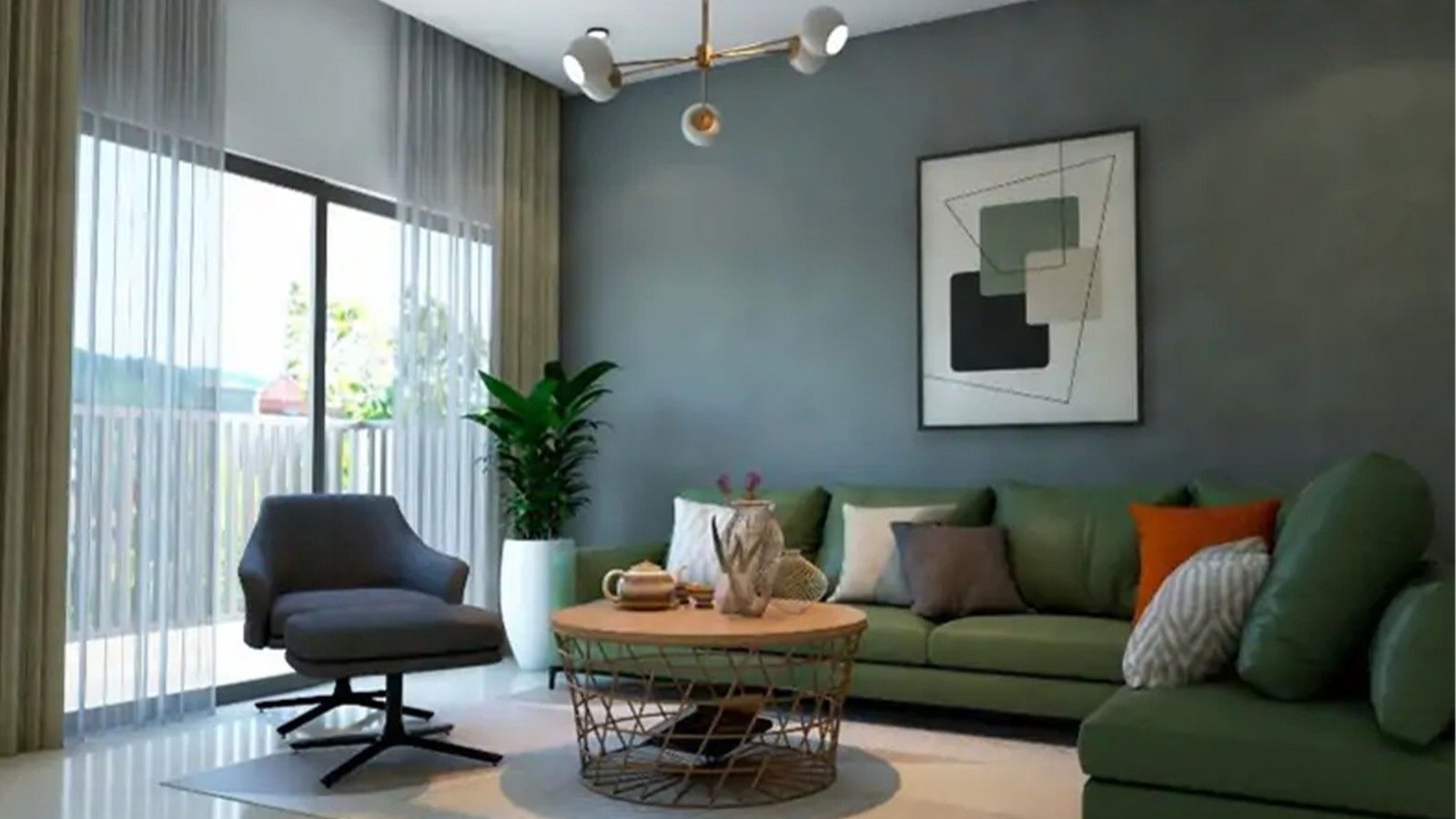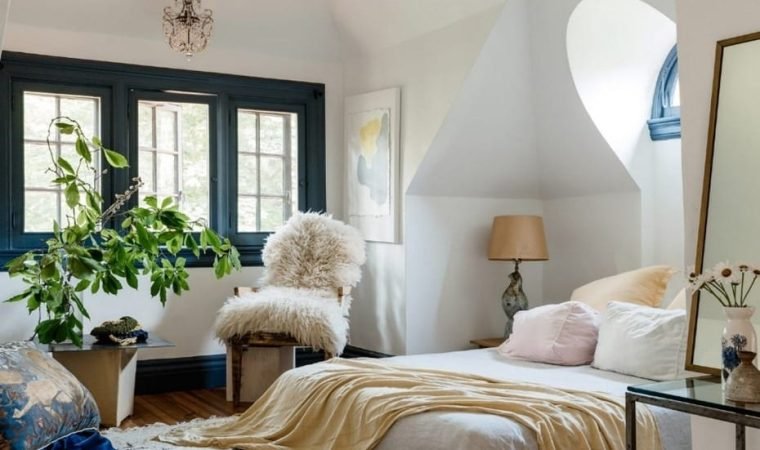
The Art and Science of Furniture Distribution in Living Rooms
Designing a living room involves more than just selecting the right furniture pieces; it’s about strategically placing them to create a balanced, functional, and aesthetically pleasing space. The furniture distribution in a living room can significantly impact its usability and ambiance. Here’s a guide to mastering the art and science of furniture distribution in living rooms.
Understanding the Space
Before moving any furniture, it’s crucial to understand the dimensions and characteristics of your living room. Take note of the room’s shape, the location of windows and doors, and any architectural features such as fireplaces or built-in shelves. This initial step helps in planning the layout more effectively.
Define the Room’s Purpose
Determine how you want to use the living room. Is it a space for entertaining guests, a cozy family gathering area, or a multifunctional room that serves various activities? Defining the room’s primary purpose guides the arrangement of furniture.
Create a Focal Point
Every living room needs a focal point that draws attention and anchors the space. This could be a fireplace, a large window with a view, a piece of art, or a television. Arrange the main seating area around this focal point to create a harmonious layout.
Balancing Functionality and Flow
Ensure that there is a clear pathway through the room. Avoid placing large pieces of furniture in a way that obstructs movement. Aim for a layout that allows people to move freely and comfortably around the space. The goal is to balance functionality with ease of flow.
Zoning the Space
In larger living rooms, create distinct zones for different activities. For instance, you might have a conversation area with a sofa and chairs, a media zone with a TV and entertainment unit, and a reading nook with a comfy chair and bookshelf. Use rugs, lighting, and furniture placement to define these zones.
Proportion and Scale
Choose furniture that is proportionate to the size of the room. Oversized furniture can overwhelm a small space, while too-small pieces can make a large room feel sparse. Mix and match furniture sizes to create visual interest but ensure the overall scale is balanced.
Symmetry vs. Asymmetry
Symmetrical arrangements, such as two identical sofas facing each other, offer a formal and balanced look. Asymmetrical arrangements, where different pieces are placed in a more casual layout, can make the room feel more dynamic and relaxed. Choose the style that best suits your taste and the room’s purpose.
Consider Traffic Patterns
When arranging furniture, consider the natural traffic patterns of the room. Make sure there is enough space between furniture pieces for easy movement. Typically, allow for at least 18 inches of space between the coffee table and the sofa, and ensure pathways are at least 3 feet wide.
Utilize Multi-functional Furniture
In smaller living rooms, multi-functional furniture can be a lifesaver. Consider pieces like ottomans with storage, sofa beds, or nesting tables. These items help maximize space without compromising on style or functionality.
Incorporate Personal Style
Lastly, make sure the furniture arrangement reflects your personal style. Whether you prefer a minimalist, contemporary look or a cozy, eclectic vibe, your living room should feel like a reflection of your personality.
Practical Examples
1. Small Living Room: In a small living room, use a loveseat instead of a full-sized sofa to save space. Place a slim coffee table in front and add a pair of armchairs to create a cozy conversation area. Use wall-mounted shelves instead of bulky bookcases to keep the floor clear.
2. Open Plan Living Room: In an open-plan living room, use furniture to define different areas. A sectional sofa can act as a divider between the living area and the dining area. Use area rugs to delineate each space and ensure there is a cohesive flow between zones.
3. Long and Narrow Living Room: For a long and narrow living room, arrange furniture in a way that breaks up the space. Place a sofa along one wall and a pair of chairs opposite, with a coffee table in between. Use a console table or bookshelf at one end to add functionality and fill the space.
Effective furniture distribution in living rooms combines thoughtful planning with creative design. By understanding your space, defining its purpose, and considering factors such as balance, scale, and traffic flow, you can create a living room that is both beautiful and functional. Remember, the best layouts are those that reflect the unique needs and style of the inhabitants, making the living room the true heart of the home.

